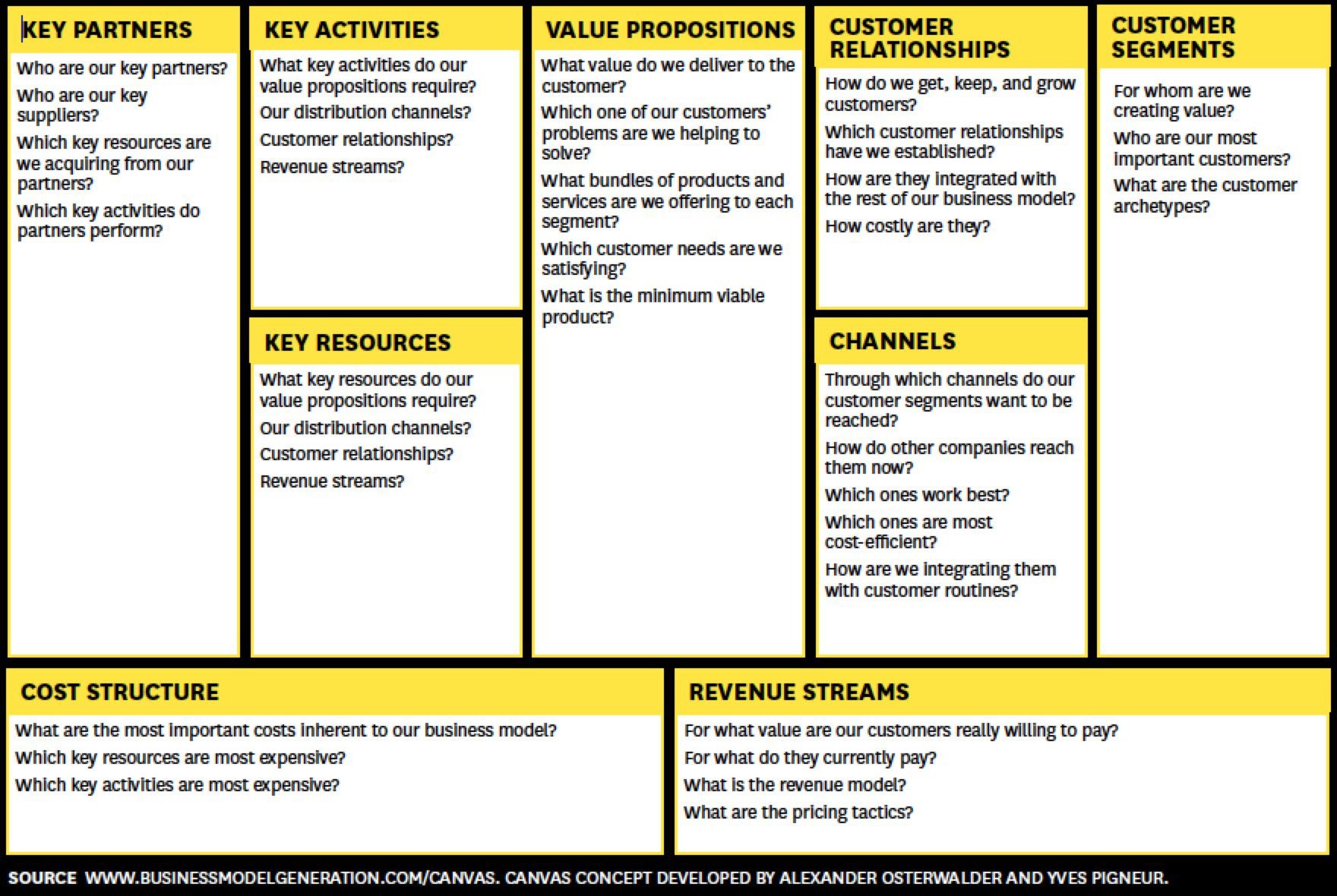An entrepreneur that I met up with shared with me his move on how to pivot his startup. They had started with an original idea to disrupt the telco space but had found the going tough. We had an indepth discussion that inadvertantly circled around the meaning of the word pivot.
A pivot is a fundamental insight of the Lean Startup. It says on day one, all you have in your new venture is a series of untested hypotheses. Therefore, you need to get outside of your building and rapidly test all your assumptions. The odds are that one or more of your hypotheses will be wrong. When you discover your error, rather than firing executives and/or creating a crisis, you simply change the hypotheses.
What was lacking in the article was a clear definition of a pivot. A pivot is not just changing the product. A pivot is a substantive change to one or more of the nine business model canvas components. Pivoting doesn’t necessarily mean desperation. It can be a tool to discover additional growth–growth you might otherwise have overlooked. What else? A pivot is not just when you change the product.
Businesses can grow beyond their initial dreams by re-imagining their assets and talents, thinking more broadly about the customer problems they solve, and accessing growth capital to seize the new high ground. But first, take a look at your business model. Think of a business model as a drawing that shows all the flows between the different parts of your company’s strategy. Unlike an organization chart, which is a diagram of how job positions and functions of a company are related, a business model diagrams how a company makes money without having to go into the complex details of all its strategy, processes, units, rules, hierarchies, workflows, and systems.
Alexander Osterwalder’s business model canvas puts all the complicated strategies of your business in one simple diagram. Each of the nine boxes in the canvas specifies the details of your company’s strategy.

With that in mind, you can then easily identify strengths, opportunities to make that pivot count. Answer a couple of questions first. What do we do–whether based on talent, technology, or culture–that is distinctly valuable and defensible and might be extended to other customer needs? How can our customer interactions be made more lasting and valuable? Are there recurring revenue services and products that can extend beyond the initial sale? These entrepreneurs and their teams closely study their customers’ broader behaviors around the use of their products and services. Here’s another example of careful listening and watching.
Take for example Earth Networks. It started as a classroom science equipment company in the early 1990s, connecting students with weather information outside their classroom and other classrooms across town. The internet, not surprisingly, changed everything. Soon, Earth Networks’ management realized it was becoming a fast growing media company that could sell advertising alongside real-time weather reports provided by a growing number of connected weather stations. Eight thousand connected weather stations later, their “Weatherbug” app now has the most complete local weather information available. Meteorologists and safety officials in local and national government agencies–and hedge funds, too–use the app to get them a degree of detail they never anticipated.
The re-imagination of Earth Networks as a network sensor and data analysis company was just the first major step – one which opened new markets and revenue streams. A second re-imagination exercise opened yet another new market – using network sensing and data analysis to gather detailed information on the source and flow of greenhouse gases, worldwide. Now that’s pivoting for growth.
Startups focused on just product pivots will limited their strategic choices — it’s like bringing a knife to a gunfight. Almost all startups pivot on some parts of their business model after founding. It’s part of the exploring and understanding of the market to provide a solution that delivers the best value to the customer.
Take a break and enjoy the music!
Interesting reads:
https://www.forbes.com/sites/martinzwilling/2012/01/21/a-smart-business-knows-8-ways-to-pivot-their-vision/#5b1e80747f96
https://www.forbes.com/sites/chuckcohn/2015/07/24/how-to-pivot-your-business/#629e8a99277e
https://www.entrepreneur.com/article/230754
https://www.techinasia.com/talk/discuss-pivot-means
https://steveblank.com/2014/01/14/whats-a-pivot/
https://www.inc.com/alan-spoon/what-pivot-really-means.html
Advertisements Share this:




